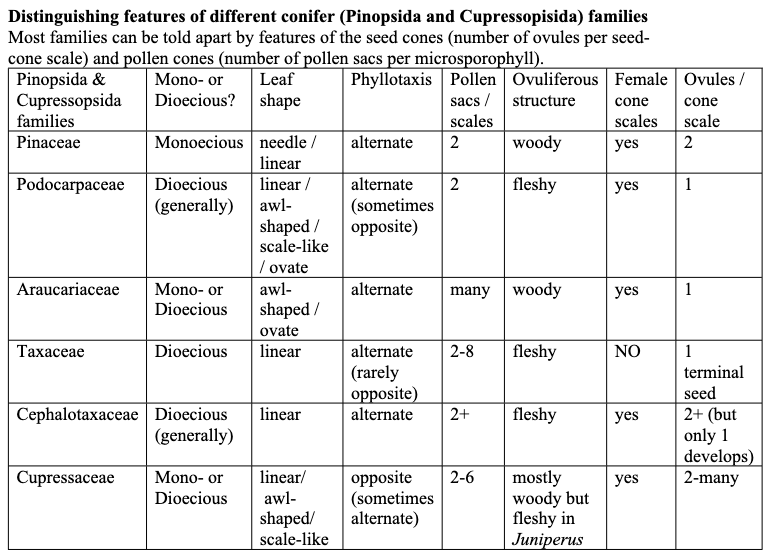Gymnosperms
1/34
There's no tags or description
Looks like no tags are added yet.
Name | Mastery | Learn | Test | Matching | Spaced |
|---|
No study sessions yet.
35 Terms
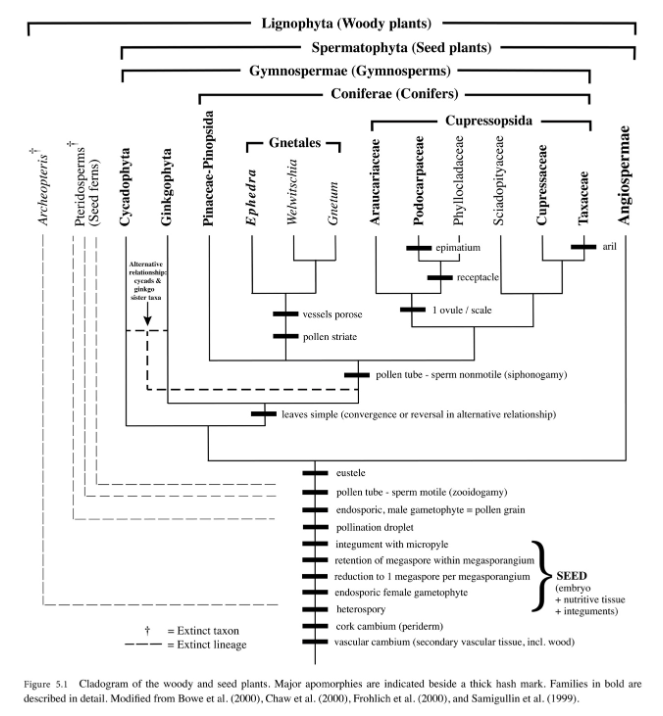
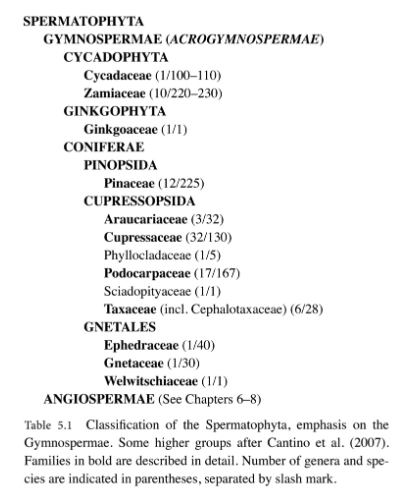
What are the two non-confier gymnosperm groups?
Cycadophyta (Cycads) and Ginkgophyta (Ginkgos)
Cycads two familes?
Cycadaceae and Zamiaceae
Cycads only U.S. species?
Zamia integrifolia
Cycads are a __________ group.
Cycads are a monophyletic group.
Cycads are _____-like or ______-like in appearance.
Cycads are palm-like or fern-like in appearance.
Cycads have _____ stems, with leaves at the ______ of ________ trunks.
Cycads have woody stems, with leaves at the apex of unbranched trunks.
Cycad leaves are __________-__________ with __________ leaf bases. Leaflets have partial ________ vernation.
Cycad leaves are pinnately-compound with persistent leaf bases. Leaflets have partial circinate vernation.
Two types of Cycad roots?
coralloid and upwardly growing roots
contractile roots
Only gymnosperm known to have a symbiotic relationship with a nitrogen fixing organism.
Cycads
Cycad Reproductive Traits
dioecious
seeds borne on megasporophylls
seed cones are the largest ever
seeds are large and bright colored
pollen-bearing cones can be numerous, up to 100, and are generally morphologically dissimilar from seed cones
100s of microsporangia on underside of microsporophyll
pollinated by insects
sperm are motile
Most cycads can reach reproductive maturity within __ year in cultivation.
15 years
Cycads conservation status
disappearing due to over-collecting and habitat destruction
one extant species of Ginkgo
Ginkgo biloba
________ date back to the Jurassic
Ginkgo
What group is conifer-like in overall growth form (excurrent branching)?
Ginkgo
Ginkgo leaves are highly unusual why?
fan-shaped, with forked venation, and decidious
Ginkgo have _____-shoot morphology
short-shoot morphology
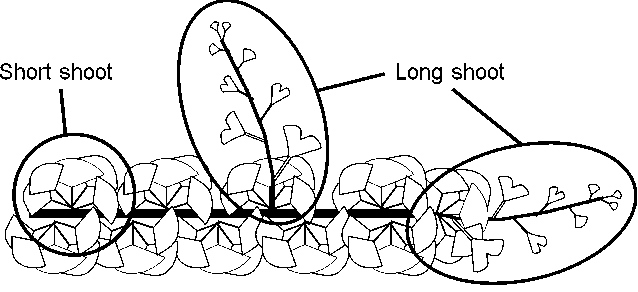
Are ginkgo closer to cycads or conifers? Why?
Cycads
dioecious
huge, motile sperm
unflattened, fleshy seeds
second-most dominant seed plant today
conifers
~700 species
Characteristics of Conifers
simple, single-veined leaves
mostly evergreen
excurrent branching
wind pollinated
seeds and pollen in separate cones
seed cones - compound
pollen cones - simple
worldwide distribution except Antarctica and the lowland tropics
conifer means “cone-bearer” even though…
some members lack seed cones (Taxaceae)
sister to all other conifer families
Pinaceae
Pinaceae innovation
seed has long terminal wing and the ovule is inverted
Podocarpaceae and Araucariaceae are ________ to one another, constituting a mostly _________ hemisphere clade
sister
southern
Podocarpaceae and Araucariaceae innovation
only one ovule per seed-cone scale
Early ideas about Taxaceae (without seed cones) not being conifers are incorrect. Why?
Taxaceae have lost seed cones
Taxodiaceae innovation
fusion of seed-cone scale with subtending bract
Gnetales three families
Ephedraceae
Gnetaceae
Welwitschiaceae
Ephedraceae general info
35-45 species
semi-arid habitats
scale-like leaves
photosynthetic ridged stems
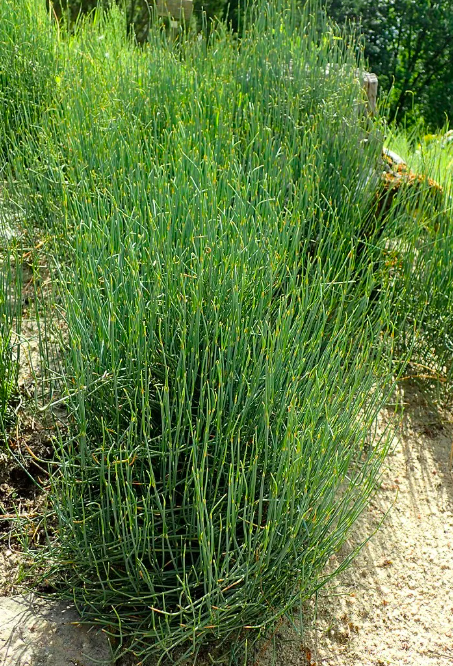
Gnetaceae general info
~30 species of vines, 1 tree
tropical rainforests
Welwitschiaceae
Welwitschia mirabilis - only species
Darwin’s “platypus of the plant world”
found in the Namib Desert of SW Africa
one pair of foliage leaves grow throughout life
branched strobiliferous shoots
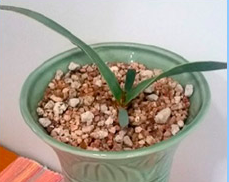
Morphological characteristics of Gnetophytes
opposite decussate, or whorled leaves
protruding tubular inner integument of ovules (two integuments)
both pollen and seed cones are compound
football-shaped, striated pollen
